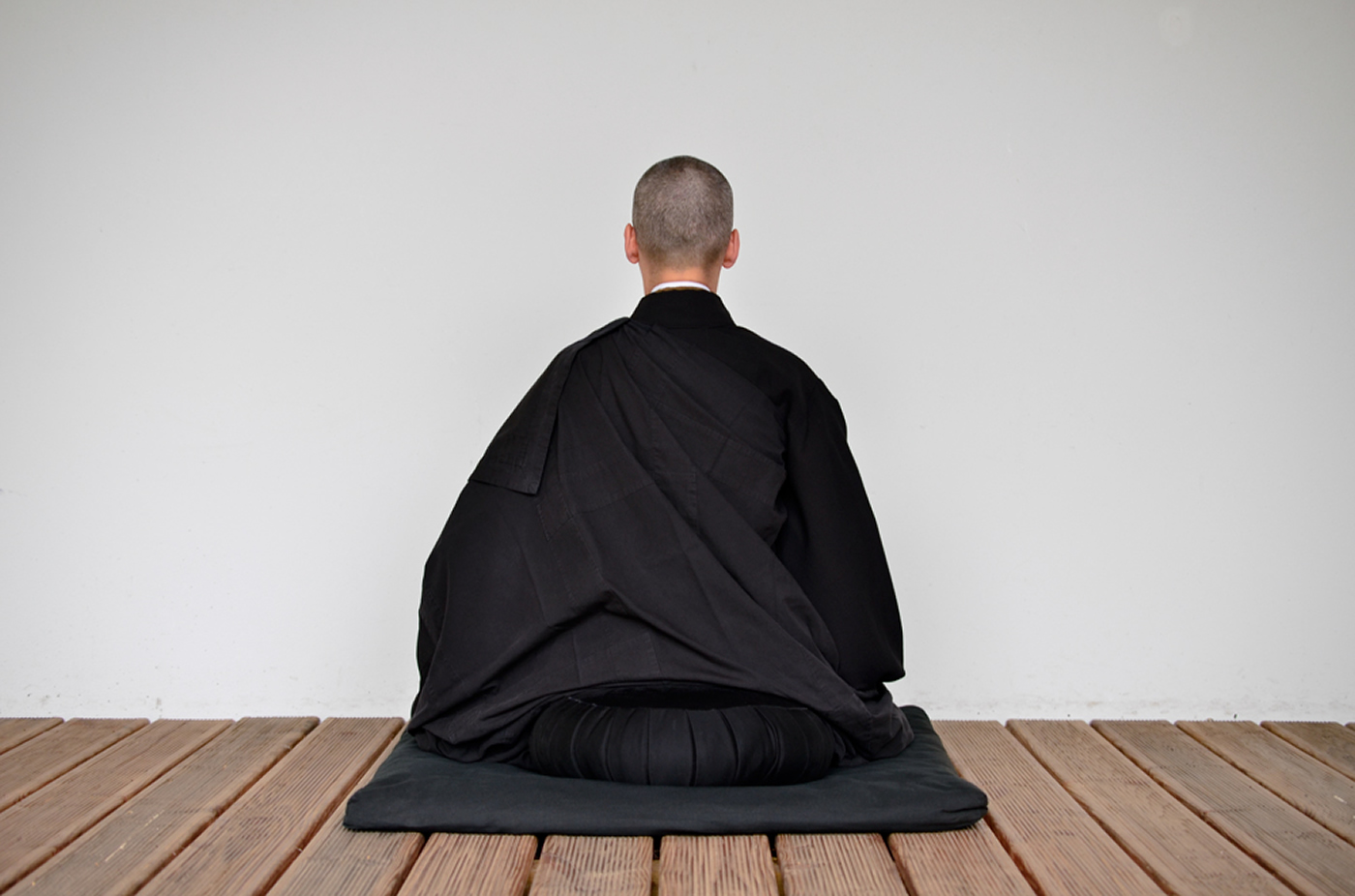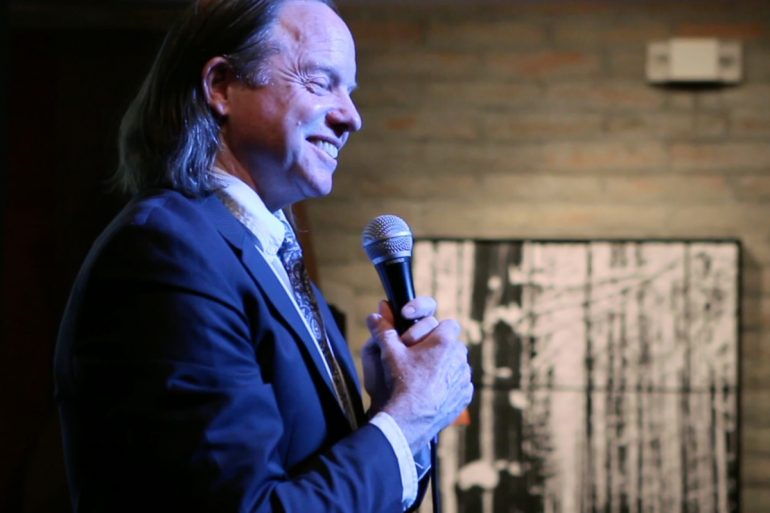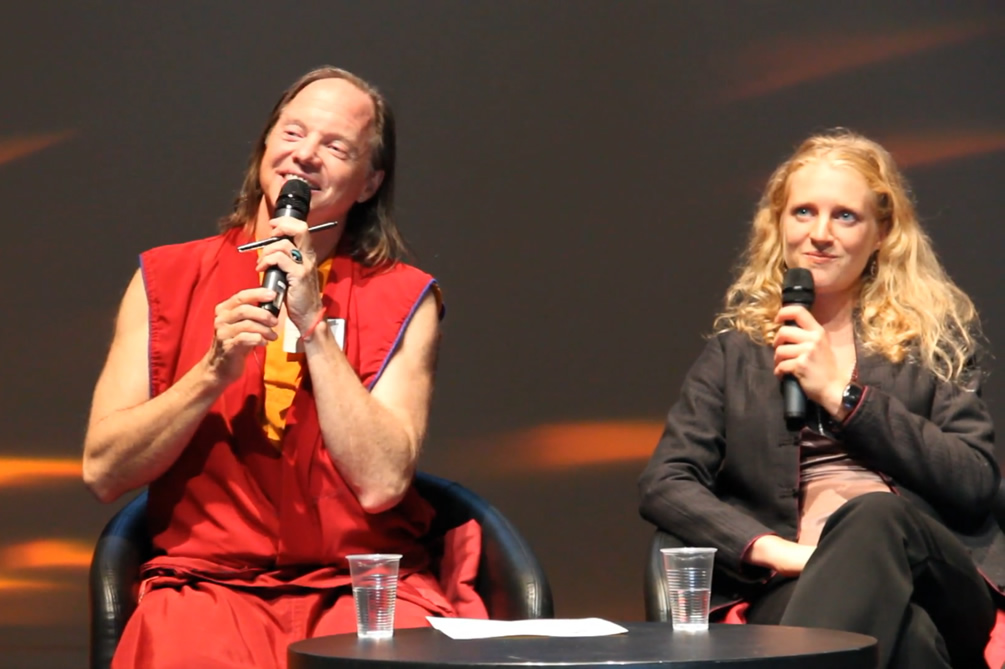In this video clip, Geshe Michael Roach is explaining a four-step method for making assuring that a karmic seed will ripen faster and more powerfully.
Step Number One. A Single Sentence. Say what it is that you want, in a single, short sentence.
Step Number Two. The Plan. The plan has two parts. First you have to plan where you’re going to plant your seed. When you plant a seed for a flower or tree, you need to choose your soil. For a karmic seed, you need another person: other people are the earth in which you plant your seeds. It’s almost impossible to plant a seed just in yourself—you need someplace else to plant it, another person. So part of step two, part of the planning, is to choose this person.
It should be someone who wants the same thing that you want. And now the second half of the planning is to decide where you’re going to help them. If you want your seed to grow big and to grow fast, then the plan has to be as specific as possible. You can plant some seeds just by planning to help somebody, but they won’t be very strong. You have to actually carry your plan out, to get the result you want. And simply, that’s all there is to step three. Call them, meet them, and talk about how you can help them, and then actually help them with their problem.
Step number four is Coffee Meditation. you make a lot of karmic seeds in your mind just by doing the first three steps. Deciding what you want in your life plants some seeds. Planning to help somebody else plants a lot more. And then actually helping them piles more seeds on top of these. But the most important is this last step, Coffee Meditation. Just leaning back on your bed at night and thinking about all the things you’ve done today to help someone else is absolutely the most powerful way to plant seeds. It seems too easy; we feel like we need to suffer bigger to get bigger goals in our life, but maybe the truth is just the opposite.
Maybe the most powerful karmic seeds are the ones we plant just by relaxing and being contented about the small goodnesses that we’ve been doing for others. It’s not a matter of pride, just enjoying whatever we’ve been able to do.
None of us is perfectly good, but none of us is perfectly bad either. We have a choice, as we go to sleep at night, to think about the problems of our life, or to think about the bright spots. When we’re tired, we tend to exaggerate our problems. The very word meditation means that we take the normal flow of our thoughts—in this case, worrying about our problems while we fall off to sleep—and muscle the mind over to some good thoughts: Who did I try to help today? This is exactly the goal of meditation: to control the direction in which the mind flows. So come home from work, and cook your dinner. Clean up the dishes, and watch a bit of TV if you really have to—or do a bit of emailing or Facebook. Then take your bath, and get into your nightclothes. Sit down on your bed, or just lie halfway down on some pillows and prop your chin up on your hand, and stare at the ceiling. Get that dreamy look on your face that you used to have in high school when you were thinking about your boyfriend or girlfriend, wondering when your next date would be.
It may seem strange to say it, but that daydreaming was pretty close to real meditation. Don’t feel like you have to tie your legs up in a pretzel to get to this same deep place in your mind. And then just go into your Coffee Meditation: the last of the Four Steps, the true technique for farming mental seeds. Plant your seeds with these four, and the things you want to happen in your life will come to you, fast and strong.
The Four Steps
- Say what it is you want in your life, in a single short sentence.
- Plan who it is you’re going to help get the same thing, and which place you’re going to take them to, to talk about it.
- Actually do something to help them.
- Do your Coffee Meditation: as you go to sleep, think of the good things you’re doing to help them.

















